Rising Incidence of Breast Cancer
The increasing incidence of breast cancer is a primary driver for the Breast Biopsy Device Market. According to recent statistics, breast cancer remains one of the most prevalent cancers among women, with millions diagnosed annually. This alarming trend necessitates the use of advanced diagnostic tools, including breast biopsy devices, to ensure early detection and treatment. As awareness about breast cancer grows, more women are opting for regular screenings, which in turn fuels the demand for biopsy devices. The Breast Biopsy Device Market is likely to experience substantial growth as healthcare providers seek to enhance their diagnostic capabilities to address this rising health concern.
Increase in Healthcare Expenditure
The upward trend in healthcare expenditure is another vital driver for the Breast Biopsy Device Market. As nations allocate more resources to healthcare, there is a corresponding increase in funding for diagnostic technologies, including breast biopsy devices. This financial commitment enables healthcare facilities to invest in state-of-the-art equipment and training for medical professionals, thereby enhancing the quality of care provided to patients. Furthermore, the rising demand for advanced medical technologies is likely to stimulate innovation within the Breast Biopsy Device Market, as manufacturers strive to meet the evolving needs of healthcare providers and patients alike.
Growing Awareness and Screening Programs
The rise in awareness regarding breast health and the importance of early detection is a significant driver for the Breast Biopsy Device Market. Public health campaigns and educational initiatives have led to increased participation in screening programs, resulting in higher biopsy rates. Many countries have implemented organized screening programs that encourage women to undergo regular mammograms, which often lead to the need for biopsies when abnormalities are detected. This proactive approach to breast health is likely to sustain the demand for biopsy devices, as healthcare systems strive to provide timely and effective diagnostic services in the Breast Biopsy Device Market.
Shift Towards Minimally Invasive Procedures
The growing preference for minimally invasive procedures is significantly influencing the Breast Biopsy Device Market. Patients increasingly favor techniques that reduce recovery time and minimize discomfort, leading to a shift away from traditional surgical biopsies. As a result, there is a rising demand for devices that facilitate less invasive biopsy methods, such as vacuum-assisted and core needle biopsies. These techniques not only enhance patient satisfaction but also improve diagnostic accuracy. The Breast Biopsy Device Market is poised for growth as healthcare providers adopt these innovative approaches to meet patient expectations and improve overall outcomes.
Technological Innovations in Biopsy Devices
Technological advancements play a crucial role in shaping the Breast Biopsy Device Market. Innovations such as automated biopsy systems, imaging-guided techniques, and improved needle designs have significantly enhanced the accuracy and efficiency of breast biopsies. These advancements not only reduce patient discomfort but also improve diagnostic outcomes. The introduction of real-time imaging technologies, such as ultrasound and MRI, allows for more precise targeting of lesions, thereby increasing the effectiveness of biopsies. As these technologies continue to evolve, the Breast Biopsy Device Market is expected to expand, driven by the demand for more sophisticated and reliable diagnostic tools.
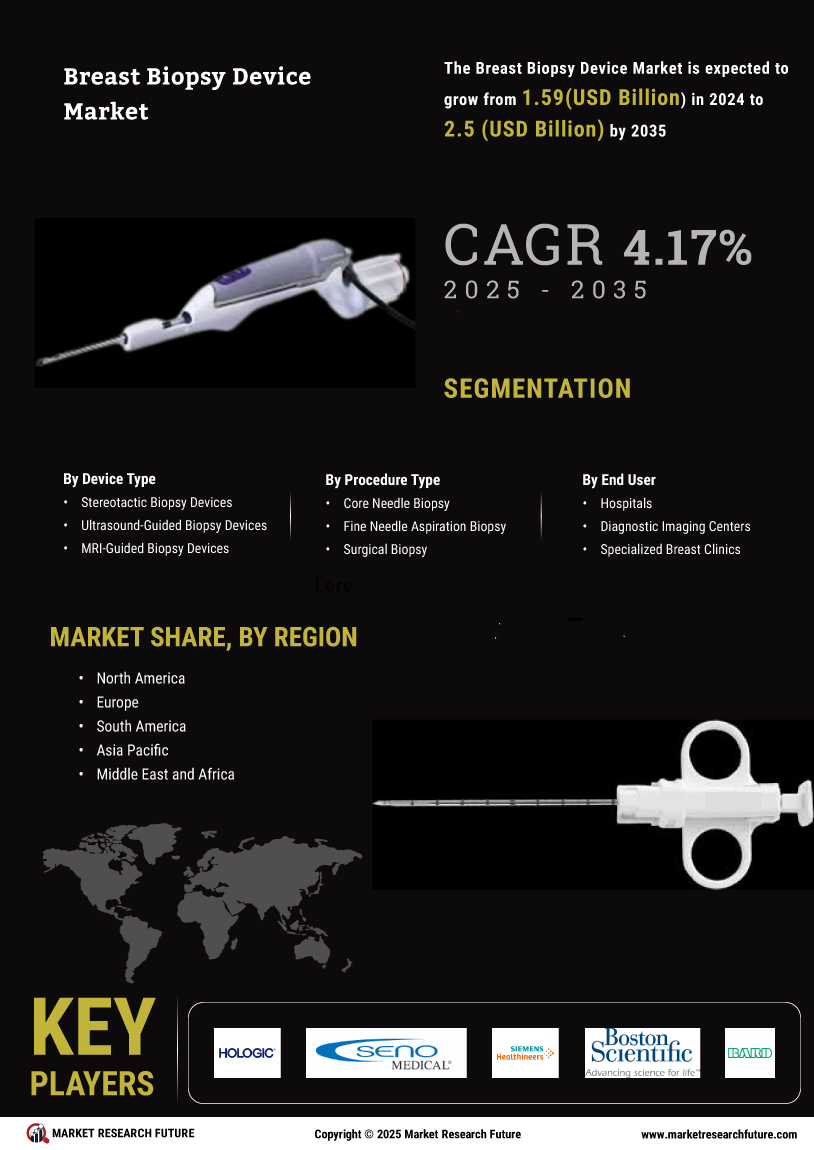

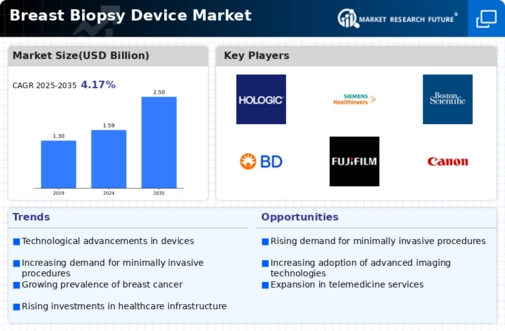
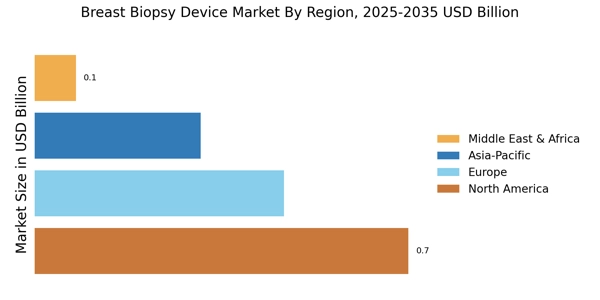
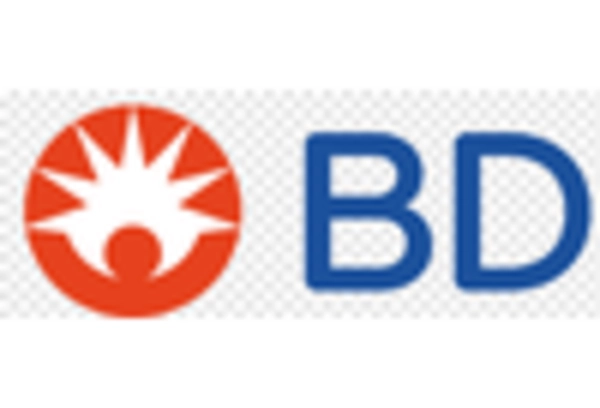
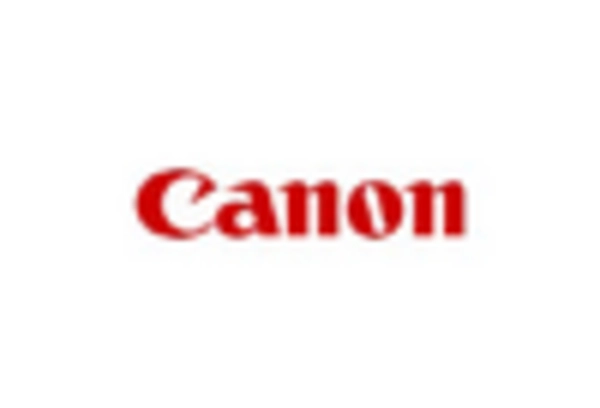
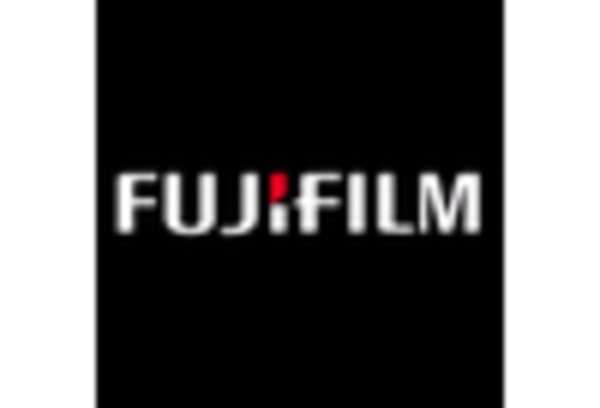

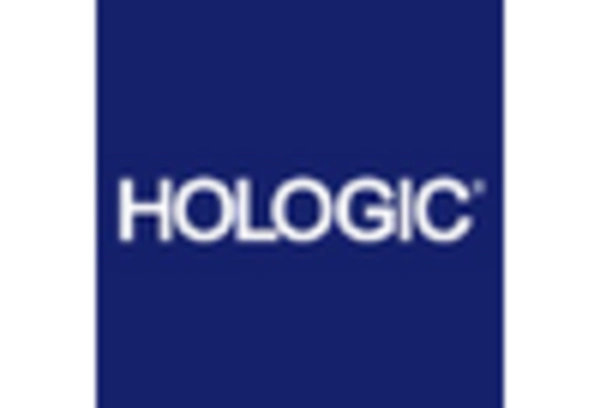









Leave a Comment